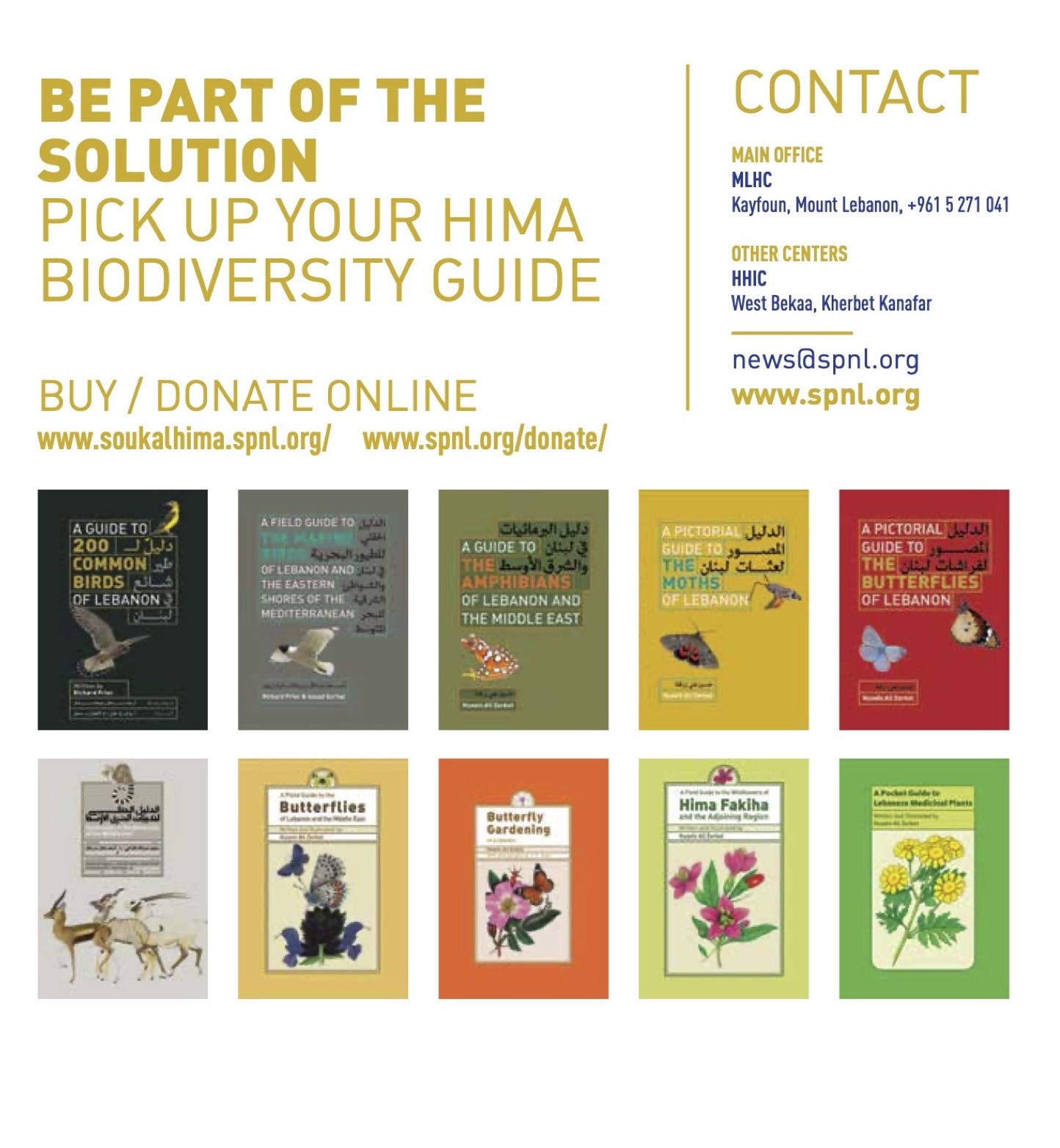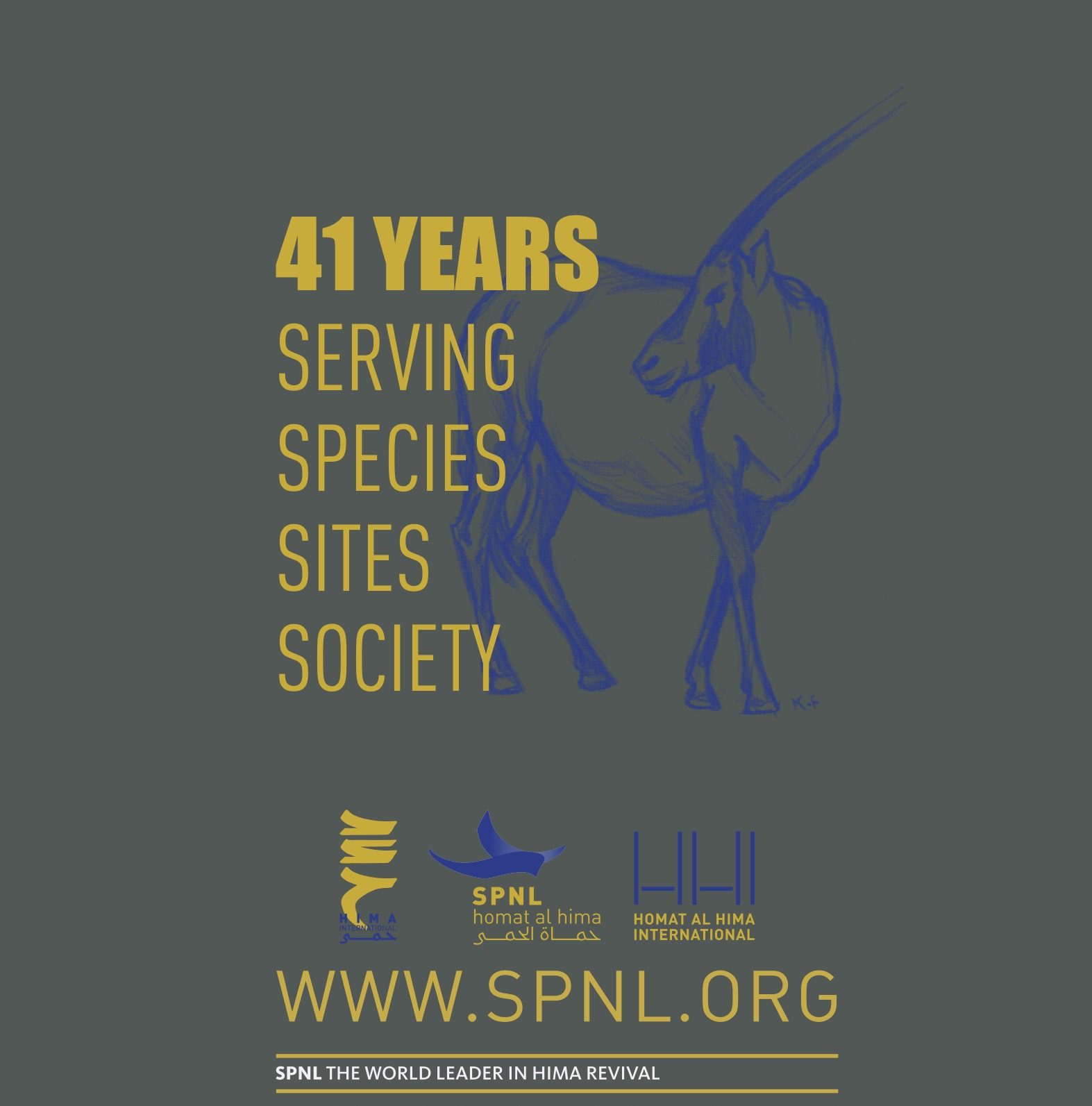The 14th meeting of the Conference of the Parties to the Convention on Migratory Species of Wild Animals (CMS COP14) added 14 new species, subspecies, and populations to the CMS Appendices. Other outcomes included a resolution on deep-sea mining, updated guidelines on light pollution and infrastructure, new guidelines on ecotourism, and key guiding principles for community involvement in the conservation of migratory species.
The conference considered 52 agenda items benefiting migratory species under 25 thematic groups on crosscutting, terrestrial, avian, and aquatic issues. It also saw the launch of the CMS inaugural flagship ‘State of the World’s Migratory Species’ report.
CMS COP14 convened from 11-17 February 2024 in Samarkand, Uzbekistan, under the theme of ‘Nature knows no borders.’ As the Earth Negotiations Bulletin (ENB) summary report of the meeting notes, this was “the first CMS COP since the COVID-19 pandemic, the first to be hosted in Central Asia, and the first major biodiversity conference since the adoption of the Kunming-Montreal Global Biodiversity Framework (GBF) in 2022.” COP14, ENB writes, “represented a historic crossroads for tackling the conservation of migratory species and their habitats across the globe, from the bottom of the sea to the upper reaches of the sky, and spanning every type of ecosystem in between.”
Of the 14 new species, subspecies, and populations added to the CMS Appendices, ten were added to Appendix I, which comprises migratory species in danger of extinction throughout all or a significant portion of their range. Eleven species were added to Appendix II, which covers migratory species that have an unfavorable conservation status and require international cooperation for their conservation and management. New or renewed Concerted Actions with targeted conservation plans were approved for 13 species, closed for two, and replaced for one.
Yet, the ENB analysis of the meeting highlights, “[l]isting itself is not a sign of conservation success,” as it means species are threatened. Calling for a precautionary approach towards listing, some observers cited the Jaguar (Panthera onca) as an example. Parties did not consider listing the species earlier “due to an ‘overly optimistic’ scientific assessment of [its] conservation status” as “near threatened.” The 2018 International Union for Conservation of Nature (IUCN) assessment, however, revealed that 33 of 34 Jaguar populations are endangered or critically endangered. “If we’d acted earlier to protect the Jaguar, the situation might not have become so precarious,” one observed is cited as saying. The listing of Central Asian small cats like the Pallas’s Cat, or Manul (Felis manul), which are also listed as “near threatened,” could thus be seen “as an attempt to get ahead of the curve.”
The ENB analysis further highlights that prior to the COP, the CMS Secretariat received a letter from the Secretary-General of the International Seabed Authority (ISA) “decrying that it had not been consulted about the proposed deep sea mining resolution ahead of COP14, and claiming it ‘cannot be considered a credible basis for decision-making.’” The adopted CMS resolution urges parties “not to engage in, or support, deep-seabed mineral exploitation activities” until enough scientific information is available to ensure no harm is caused to species or ecosystems. The negotiations on the development of the draft deep-sea exploitation regulations in the ISA Council are set to conclude in 2025.
In addition, four Memorandum of Understanding (MOU) signing ceremonies took place during the High-level Segment. Kyrgyzstan, Kazakhstan, and Uzbekistan signed the MOU on the Conservation of Migratory Birds of Prey in Africa and Eurasia. Kazakhstan and Uzbekistan signed the Memorandum for Cooperation on Conservation of Wildlife on the Ustyurt Plateau. CMS and the Environmental Agency Abu-Dhabi signed the donor agreement for hosting the CMS Office – Abu Dhabi. Uzbekistan, the Food and Agriculture Organization of the UN (FAO), and IUCN signed the agreement for the Food System, Land Use, and Restoration Impact Program under the Global Environment Facility (GEF). In addition, CMS and IUCN agreed to support priority work on commitments under the African Carnivore Initiative, and Argentina joined the MOU on the Conservation of High Andean Flamingos (Phoenicoparrus jamesi and Phoenicoparrus andinus) and their habitats.






